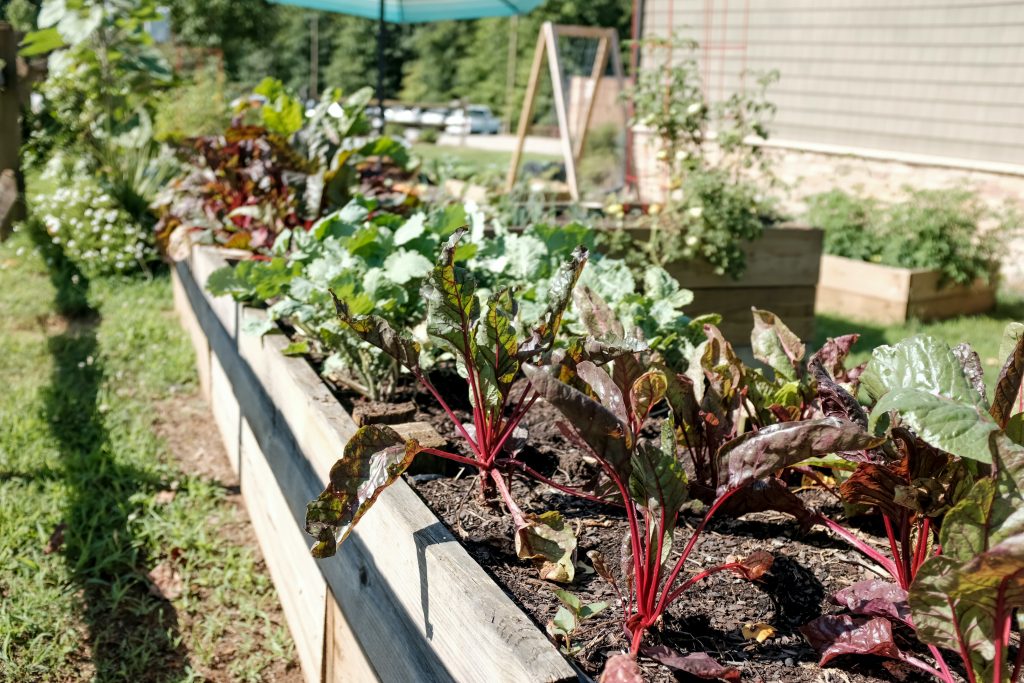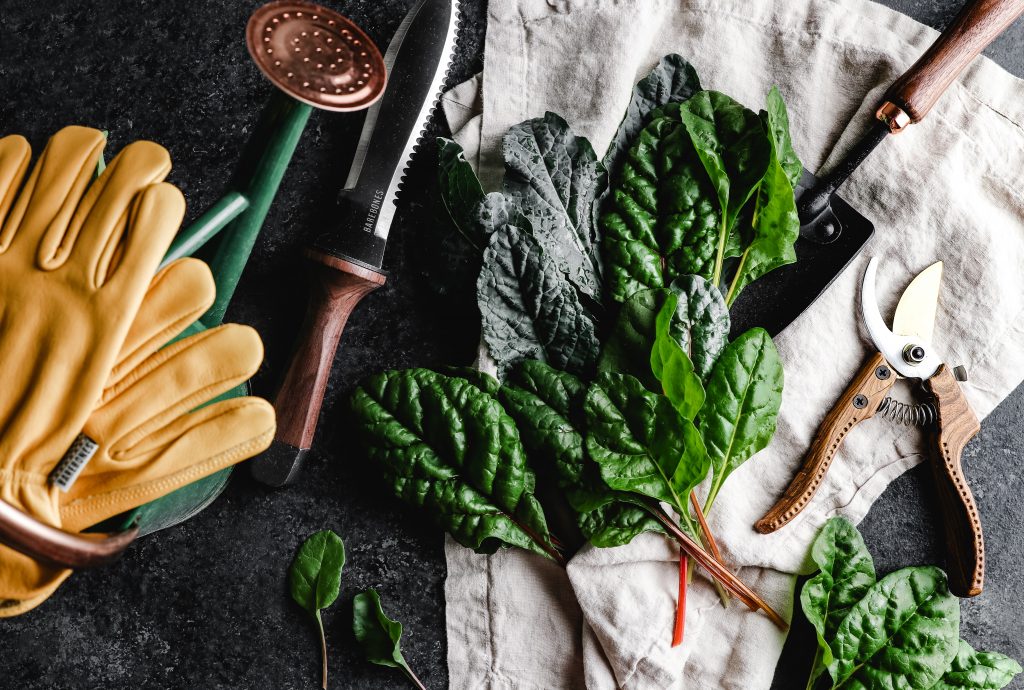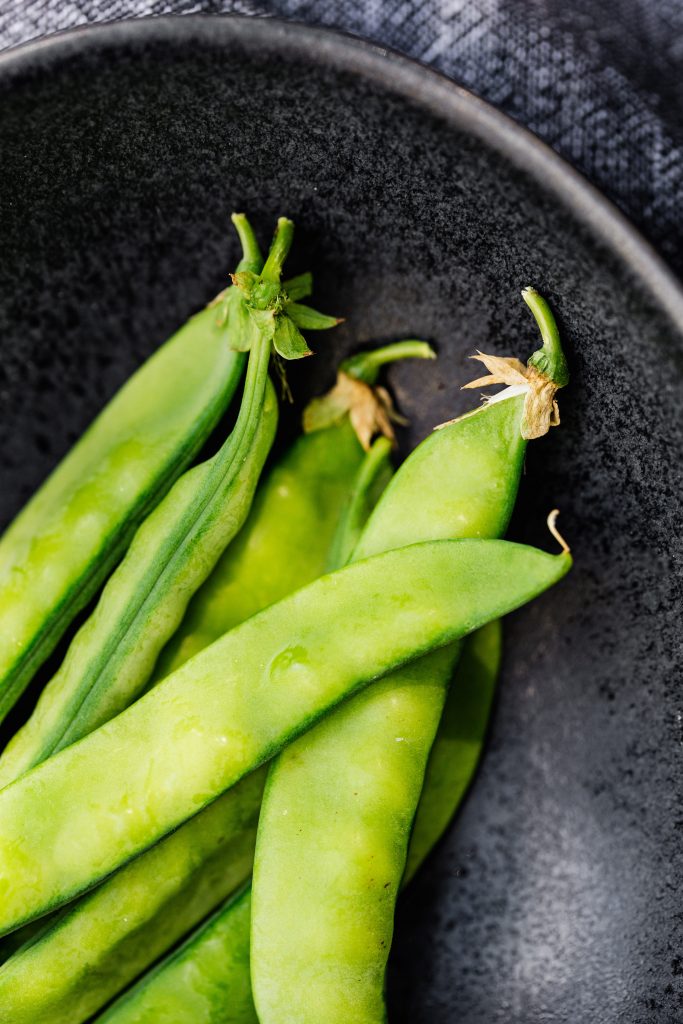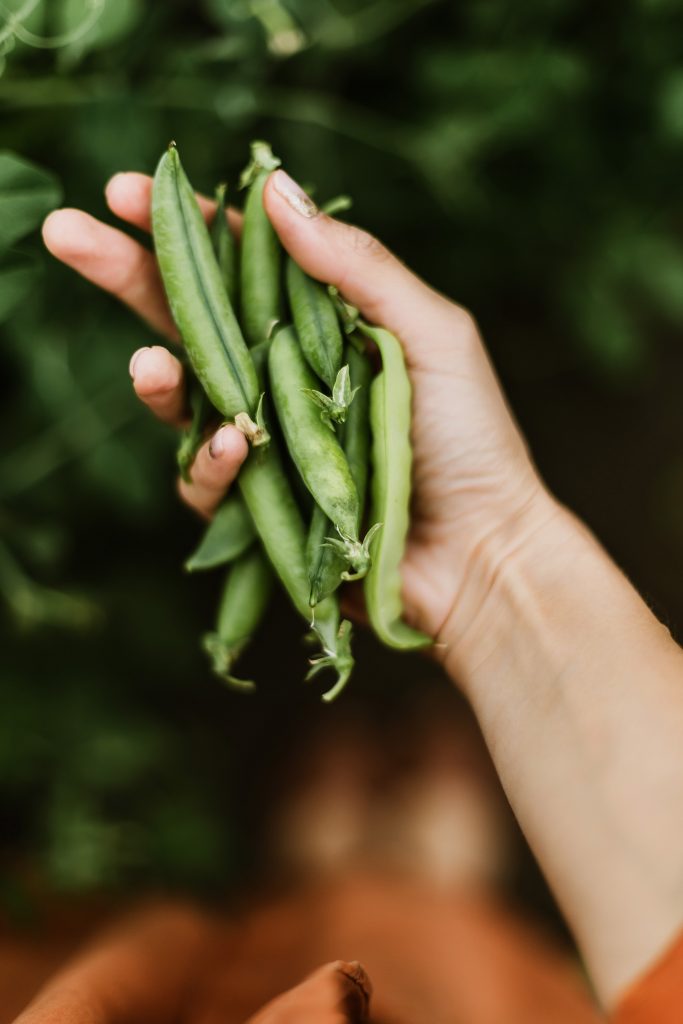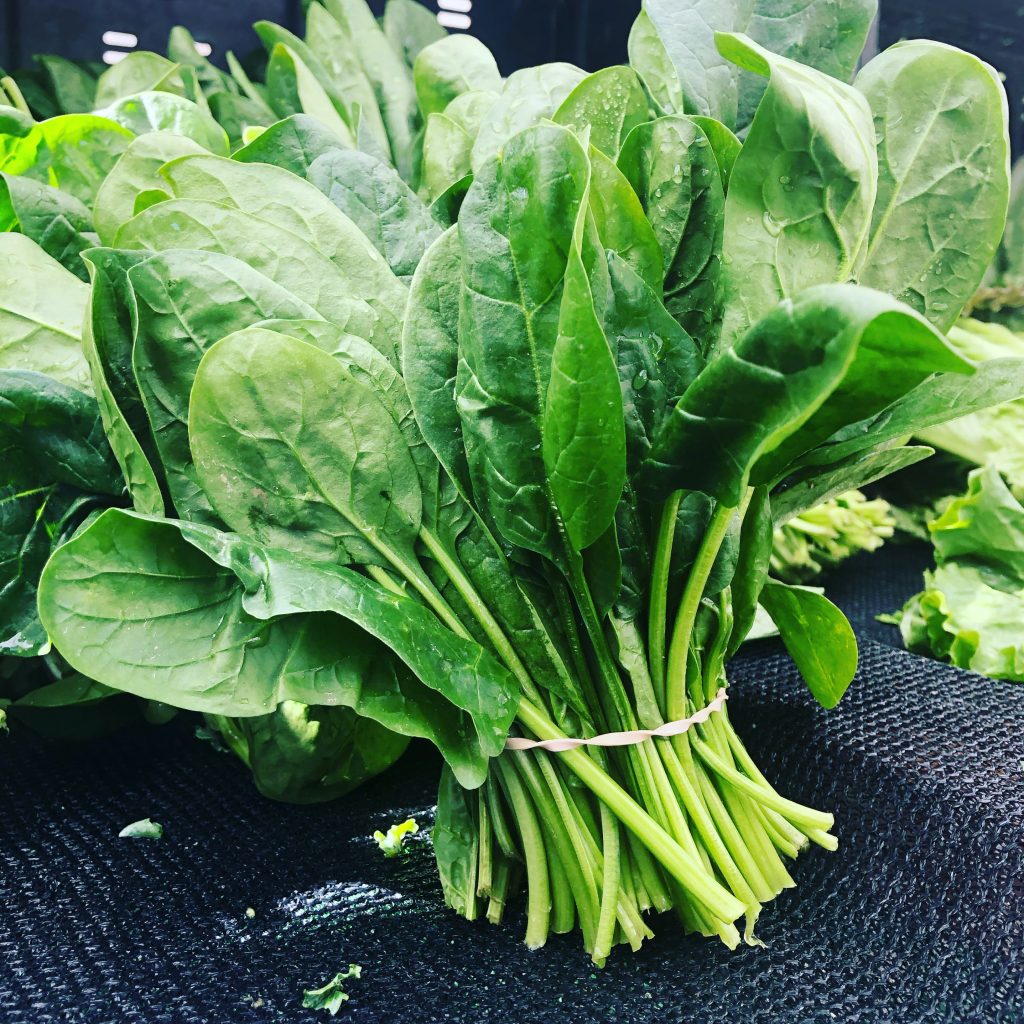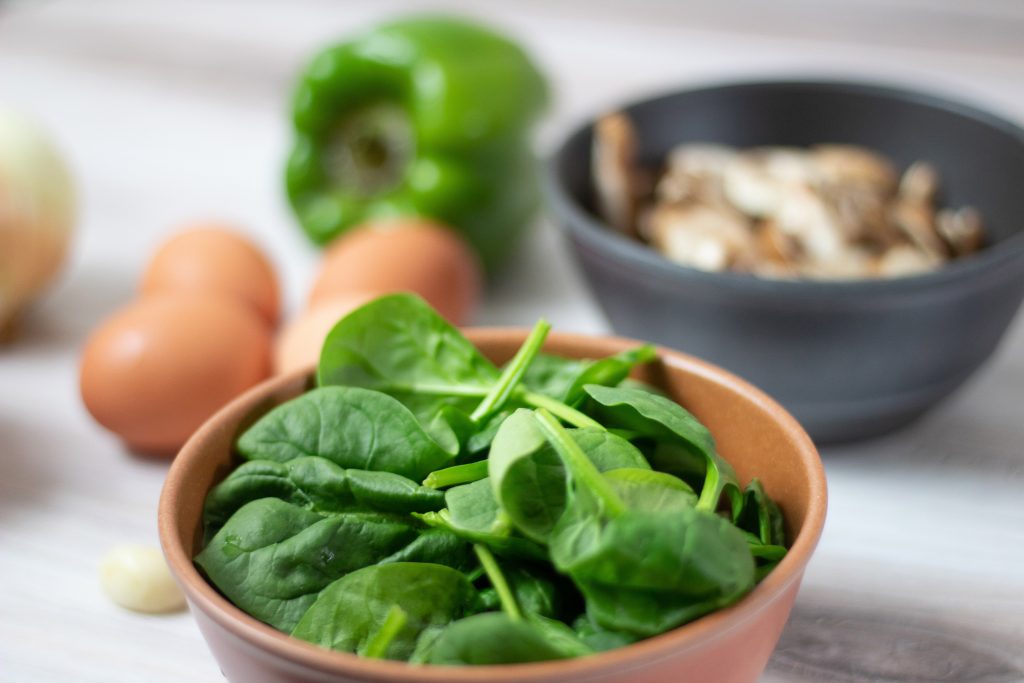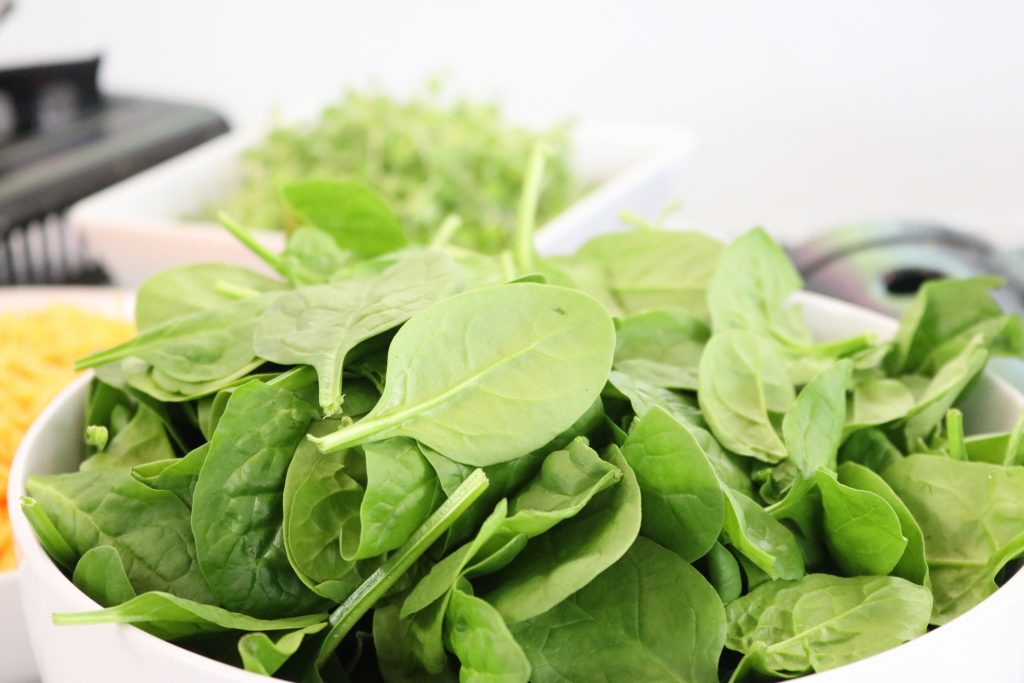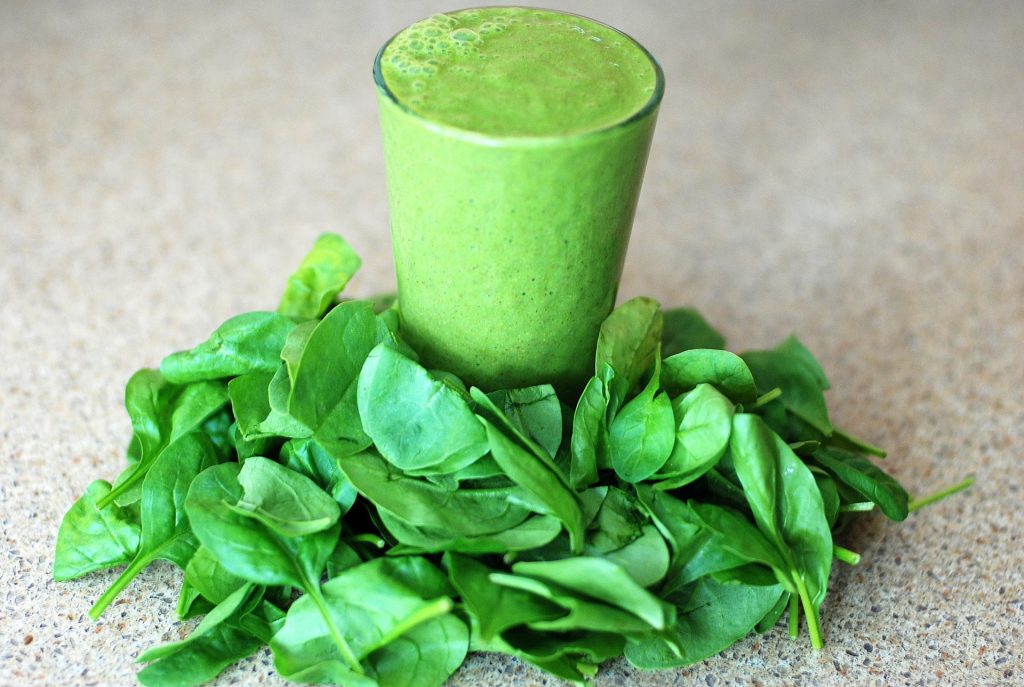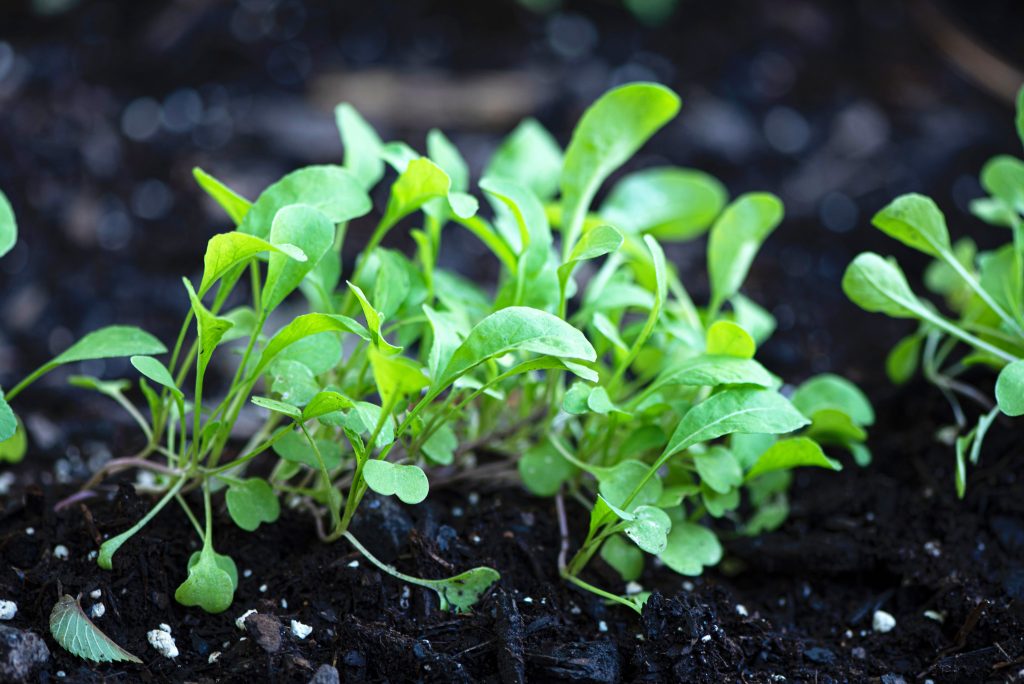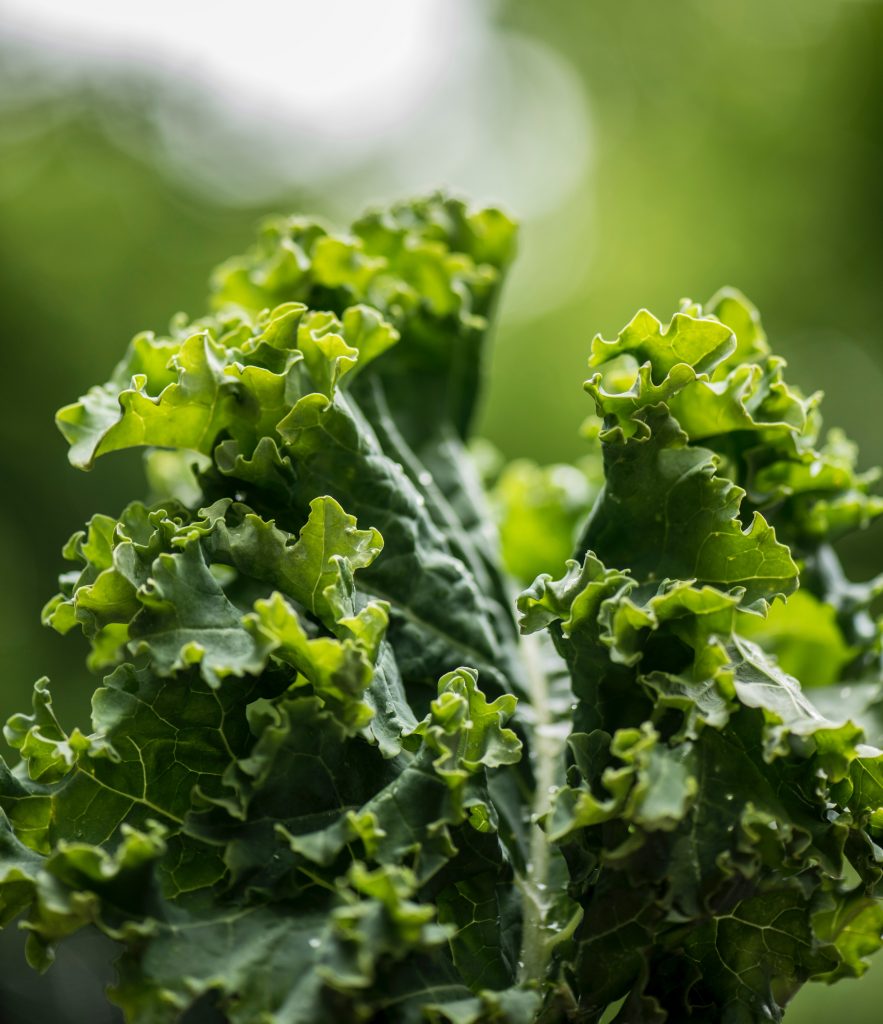
Veggie Seeds to Sow in Early Spring
It’s spring (almost)! While the winter chill might still be hanging in the air, spring is right around the corner. Early spring means it’s time to start sowing vegetables. Whether you’re a seasoned gardener or new to the game, these hardy performers are easy to plant. Bonus! No need to wait until the last frost date has passed – these veggies are no fuss when it comes to thriving in early spring temperatures. Find your last frost date.
You’re safe to plant these veggies 3-4 weeks before the last frost date occurs. Even if you currently don’t have a garden plot for growing vegetables, with our pro tips, we hope you will be inspired to try spring vegetable gardening.
Table of Contents
Keep it Simple
If you’re new to vegetable growing, pick three vegetables that you love, and source them out at your local garden centre. Check the packaging details for zone, planting time information, light and water requirements, and harvest time. Not sure which zone you live in? Check out this our hardiness zone map. As for which vegetables to choose, you have lots of options for veggies that need to be planted in early spring. Look for radishes, kale, lettuce, peas, rhubarb, spinach and beets. Check out three of our favourite vegetables for early planting.
Radishes
Radishes are definitely worth growing yourself for unbelievable flavour that pales in comparison to store-bought. There are many varieties of radishes all with their own spicy flavour. They are one of the easiest vegetables to grow. Sow your seeds a half-inch deep and one inch apart from each other. Make sure not to crowd them too tightly together. These bright and tasty root vegetables will be ready to harvest in only 3 to 5 weeks. Find your favourite salad recipe and top it with beautiful radish slices harvested from your own garden! It doesn’t get much better than that!
Peas
Peas are so delicious, you can eat them off the vine. Peas thrive in cold weather, so make sure to get them in the ground early. You have lots of varieties to choose from including snow peas, snap peas and shelling peas. Keep in mind that sweet peas are grown for their wonderfully perfumed blooms and the vines, blooms and pods are not edible. Sow seeds in March or 4 to 6 weeks before the last frost date in a sunny location. You can soak seeds in water overnight before planting to give them a jump start on germination (the sprouting of a seed). Plant them 1 inch deep and about 2 inches apart. Peas that grow as vines and get quite tall should have poles or a trellis set up at the time of planting. These sweet green veggies are typically ready to harvest 60 to 70 days after planting.
Tip!
If you want to harvest a certain vegetable continually throughout the spring, plant your seeds a few weeks apart so that your harvest will not come all at once.
Spinach
The leafy green that can be eaten fresh, creamed, stir fried, baked or thrown into a smoothie. I prefer my spinach in a delicious cheesy spinach dip. Healthy? Maybe not, but worth planting all the same! Add well-composted manure to your soil a few weeks before planting. Find a spot to plant in full sun with well-draining soil and sow seeds 1/2 to 1 inch deep. It’s important for spinach seeds to get 6 weeks of cool weather from seeding to harvest, so planting in early spring is perfect.
Creating your own salad bowl
For all our friends living in apartments and townhouses, we have solutions for you! You may be asking yourself, how do I start a spring garden and work with the space I have? Planting spring vegetables is for everyone and container gardening is hugely popular. If you have a balcony or back patio, you can become a gardening pro.
Tip!
Container gardening allows you to produce your own veggies and take your meals on wheels wherever you’d like! You always have the option of moving your salad bowl to a sunnier or shadier location. Flexible gardening at its best!
Take a trip to your local garden centre and find a wide pot (shaped like a bowl) with about 6-8 inches of depth. Look for a high-quality potting mix that is loose and drains well. Select a few of your favourite varieties of lettuce but don’t feel limited to lettuce alone – you can also opt for spinach, arugula, swiss chard, and herbs as well. Follow directions on the package of each seed variety. It will be important to find a spot on your balcony or back patio that receives bright light all day. Water and make sure the soil in your bowl stays slightly moist but not wet. Salad greens do require a balanced liquid fertilizer every 2 weeks. You should have your first harvest within 30-40 days after planting. If this is your first attempt at gardening, creating your own salad bowl can be a wonderful activity that rewards you with regular fresh vegetables. Nothing tastes better than home grown!
It is incredibly rewarding to see the first shoots of your vegetable crop peak up above the soil. Get a jump start on spring and pick out your seeds today from your local garden centre. Fresh vegetables are so fun to harvest and an easy project to start in early spring! Happy planting!



